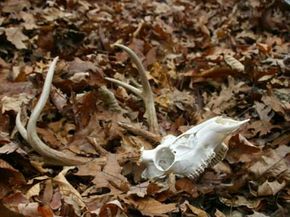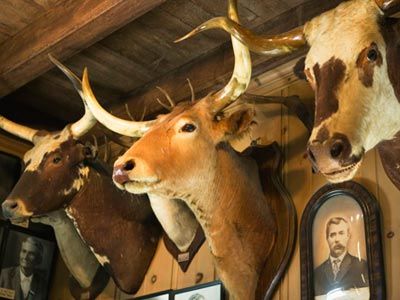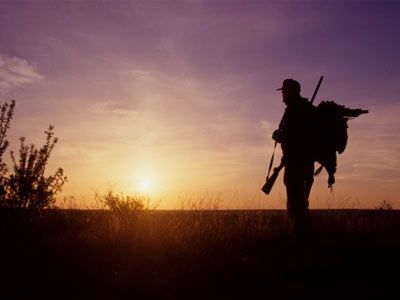Congratulations! Your first hunting trip was a success, which the bed of your pickup clearly shows since it's consumed by a massive buck. Since you're new to this hobby, it's probably in your interest to take the deer to a professional butcher to have the venison prepared into manageable portions rather than attempting this feat yourself. But in the future, you may want to learn the process of preparing the deer on your own, and one part of that process will be figuring out how to dispose of the unused remains.
Most of the time, if you're a hunter who uses your catch for practical purposes such as food and hides, you will need to consider how to dispose of the unused portions like the bones and entrails. Other times, you might find yourself in a situation where you can't use all of the meat or hide, so you have a majority of the carcass to get rid of. There's also the possibility that you might find a carcass on the roadside near your property with no one to take care of it but you.
Advertisement
In all the situations we described, you'll want to make sure you use proper game handling techniques. Experts strongly advise against touching the animal's remains directly with your hands. It's best to wear a protective layer, such as gloves.
You have four acceptable methods of disposal from which to choose: landfills, burial, composting and burning. It is improper, and often illegal, to dump animal remains in a body of natural water or on the side of the road for various health reasons. This article aims to inform you about what each method of disposal entails and to explain the importance of proper disposal.
Click to the next page to learn more about the four ways you can choose from when disposing of animal remains.
Advertisement



